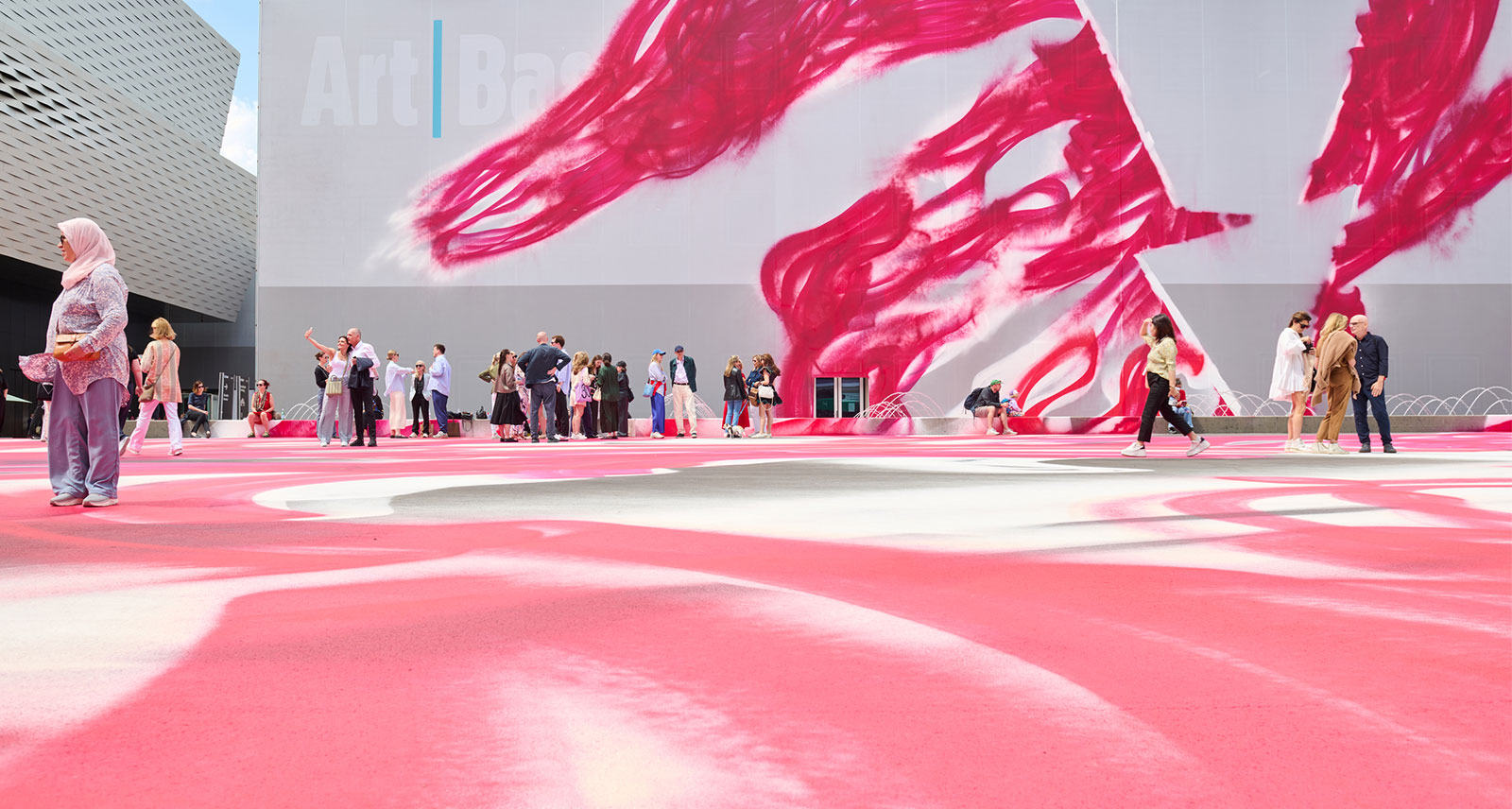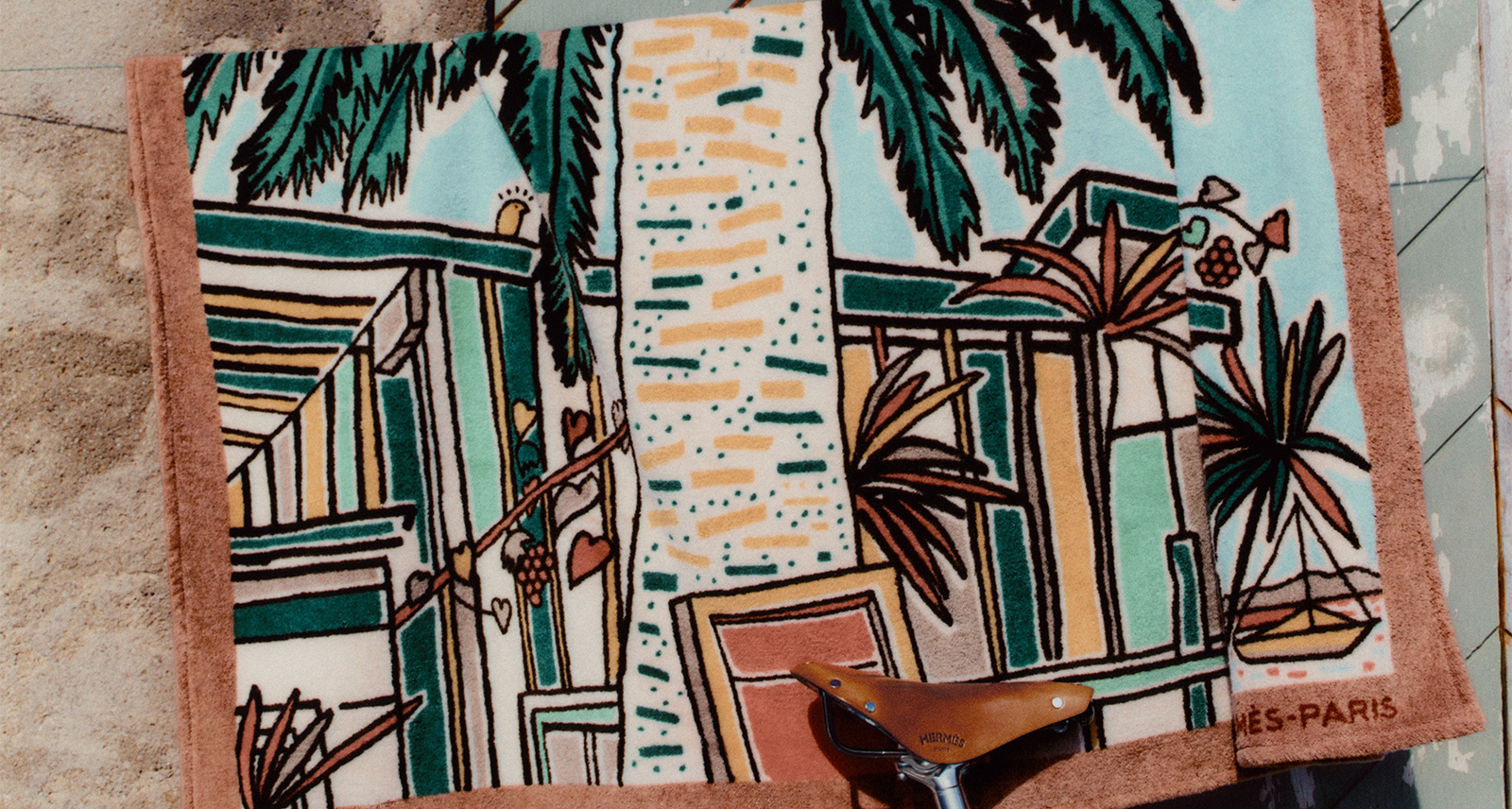This Just May Be The Most Technologically Advanced Book Ever
It all began as a celebratory project to honour the 100th publishing anniversary of Albert Einstein’s General Theory of Relativity, one of the towering achievements of 20th-century physics. Canada-based philanthropic organization, Genius 100, birthed the concept of developing a 3D-printed bust that would be made in the likeness of the great scientist. But when the Genius 100 team called on the expertise of British-Israeli architect and designer Ron Arad to spearhead the design, the stand-alone piece would take on a whole new look and meaning.
Working closely with the Canadian Friends of Hebrew University, a Toronto-based NGO affiliated with the Hebrew University of Jerusalem (a university co-founded by Einstein himself), Arad dreamt up a one-of-a-kind work of literature that would house the wisdom and thoughts of one hundred diverse and dynamic thought leaders from around the world, while simultaneously extending the definition of what a book could be.

With the moniker Genius: 100 Visions of the Future, the Einstein look-a-like is made up of 100 one-page essays from the who’s who of science, business, the arts, medicine, education, technology, and philanthropy. Each visible ripple of the Einstein visage is a page filled with words from visionaries like United States Supreme Court Justice Ruth Bader Ginsburg, celebrity wellness guru Deepak Chopra, TED Conference creator Richard Saul Wurman, and hell, even Barbra Streisand.
Within each essay, the carefully-selected minds, many of whom have reached Nobel Prize-winning status, offer up their unique perspectives on what they see coming for the future and how they would like to inspire the next generation. “Just as Einstein’s insights made an impact on ours,” adds Julie Toskan-Casale, a Toronto-based philanthropist (and original co-founder of cosmetics brand M.A.C.) who sits as head of business development at Genius 100.

Moulded out of heated, powdered plastic, what stands out even more about the literary project is its innovative fabrication process. With only three-hundred copies in total produced, each book was individually printed and bound layer-by-layer by Digits2Widgets, a London-based 3D printing company, and took approximately one week each to complete. What’s more, NASA even joined in on bringing the project to life by printing the initial prototype aboard its famed International Space Station.
Unfortunately for those eager to touch and read this book-meets-art item cover to cover, Genius: 100 Visions of the Future not only has limited quantities, but ultra-exclusive distribution too. With the project being a 3D-printing first in the publishing world, only essay contributors are up for receiving a copy, along with founders and investors in the project. But for those able and willing to fork over the dough, there is a tiny glimmer of hope: after hitting cities across North America to get autographed by its authors, one signed copy of the book will be auctioned off later this year. Proceeds collected will go towards fuelling Genius 100’s continued mission of bringing new and meaningful innovations.
“Our over-arching goal is to become idea inspirers,” says Toskan-Casale. “There isn’t just one project that’s next for the Genius 100 community, but hundreds.”










